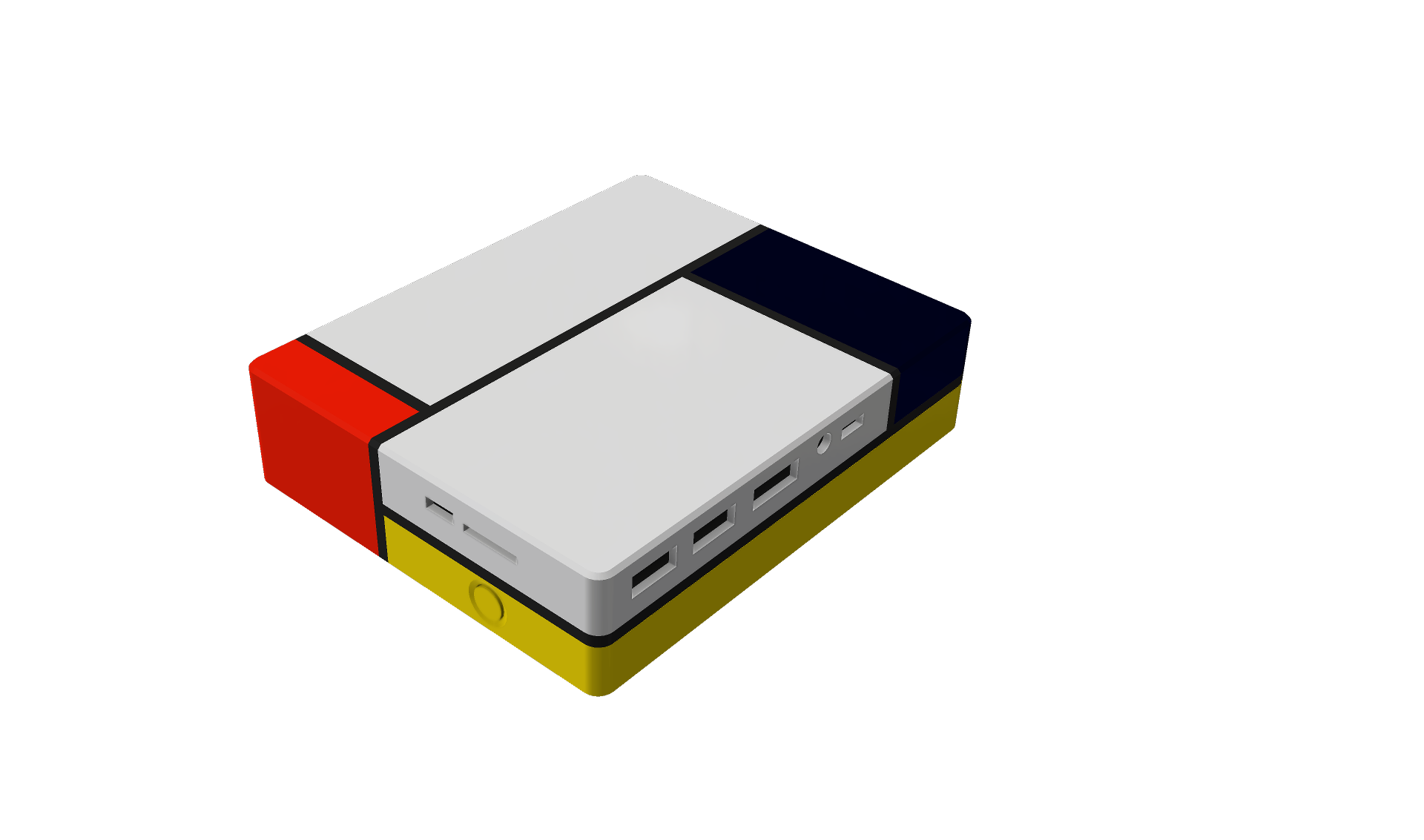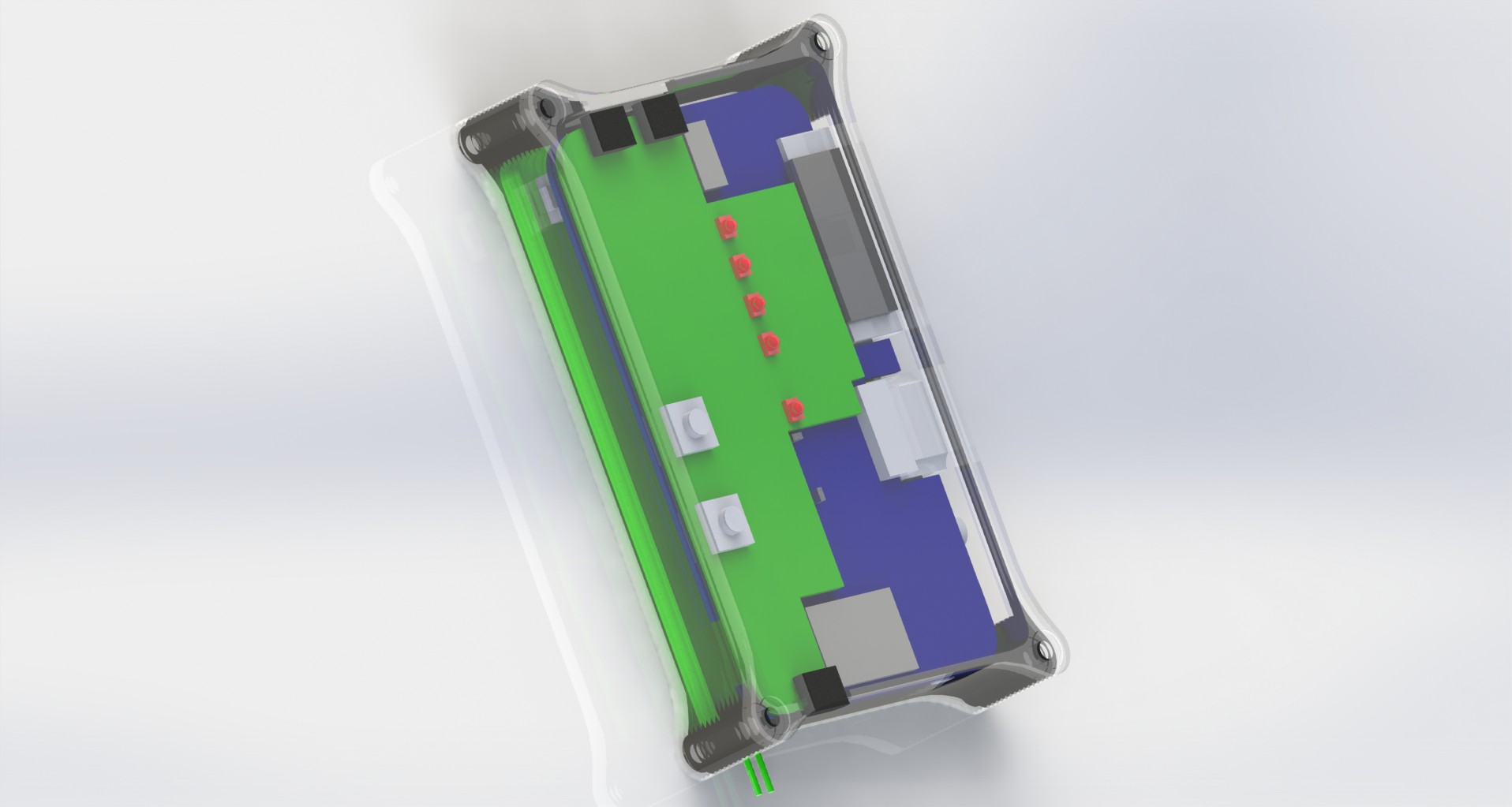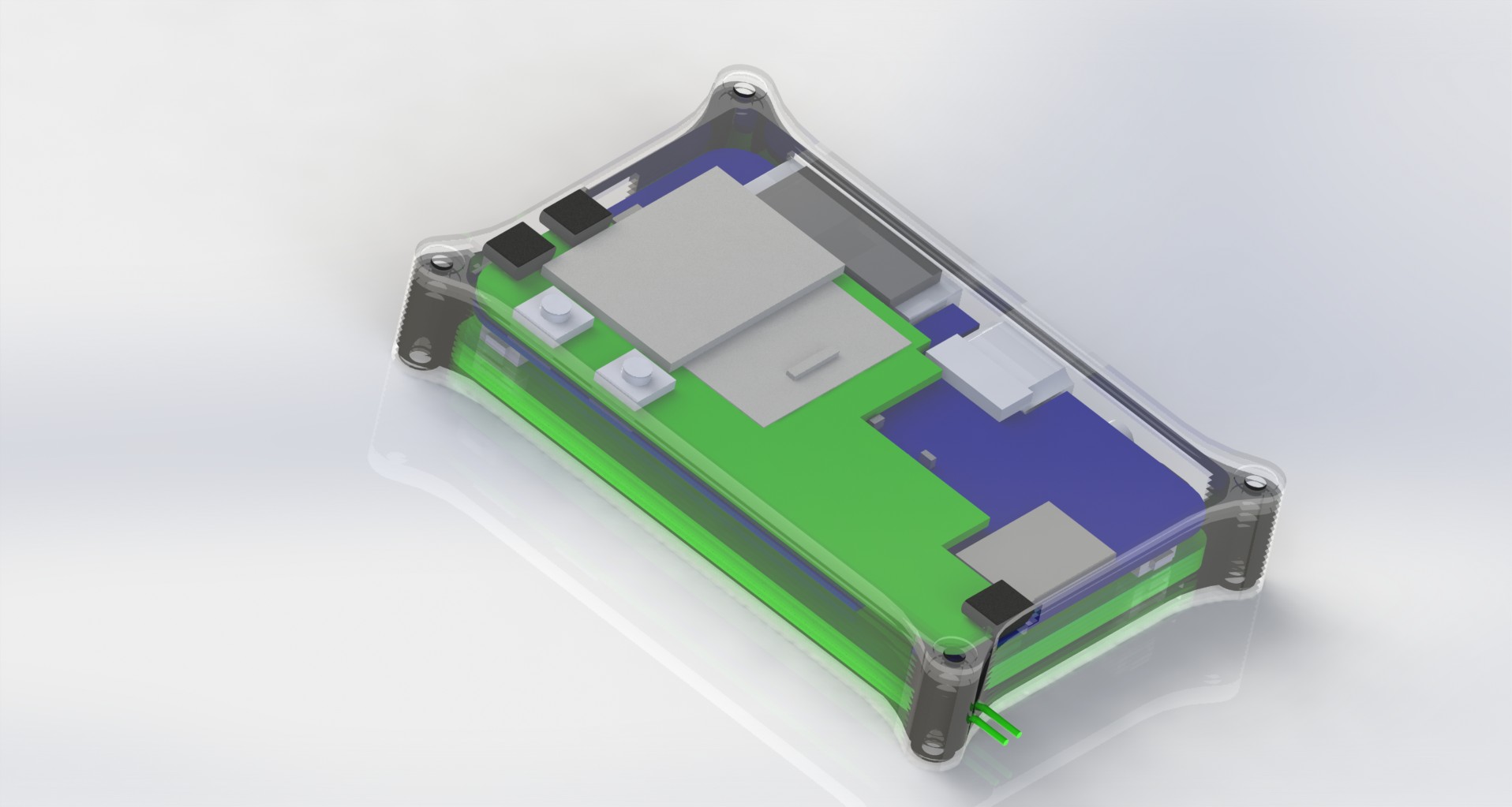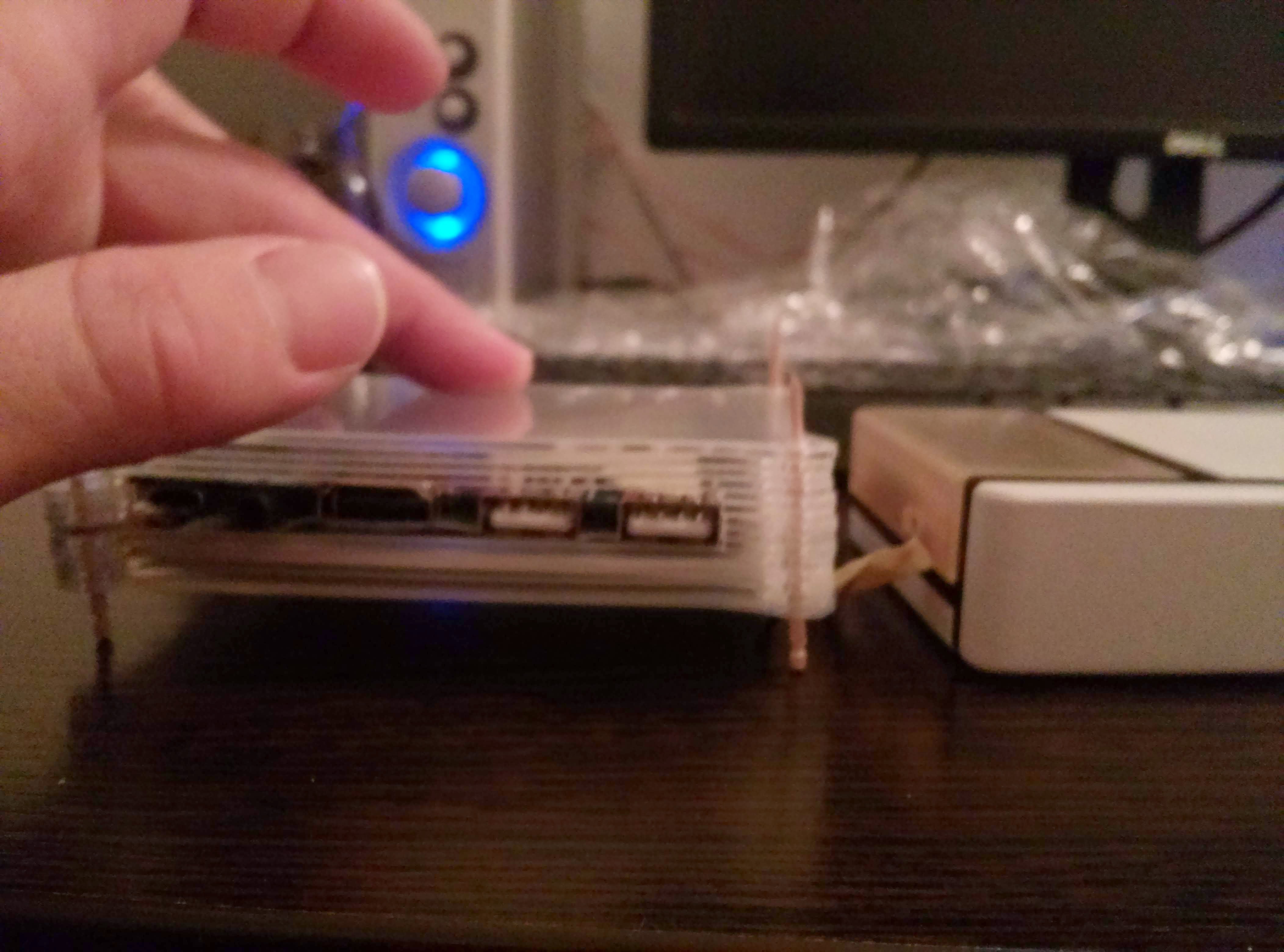Personal device for transmitting video and audio using low-bandwidth data channels (2013-2014)
A "remote" assistant with eyes and ears that can be your "avatar" in any point in the world - sounded interesting in 2013. Create a retail consumer device that can deliver "avatar" user experience using mobile low-bandwidth channels.

Make a service for B2C market with "avatar" experience was a challenge in 2012-2013. Smartphones had a limited functionality - cameras were not so good, mobile operators offered not fast bandwidth connection. LTE was on very early stages. How to offer people and business to make qualitative adio-video connections? Skype and Facetime were nice things with video calls, but is was very limited in OS support.
The idea concentrated on a single service. At least two persons involved in a single session. First is "scout" - the person on the spot with ability to transmit video and audio. Second is "receiver" - a person (a group of persons) in any point in the world receiving video and audio at TV or computer screen and sending back voice "commands". Asymmetric connection "audio+video <-> audio". Frontend of the service is a web site or a mobile application where "receiver" can connect to any "scout" and start communication. The main feature of the service in scope was to make a comfortable portable version of transceiver for "scouts". On the "receiver" side everything was ready from the hardware point of view.
Market. From business perspective there are some clear scenarios of service utilization. Real estate agents could use such service for leasing and selling houses over the world. Car rent services, hoteliers and many others can use service for their good. From personal perspective there was an option to share travel experience, show fantastic thing live being thousands miles away from friends and relatives.
Device. Smartphones were very different these years on performance, installed OS, presence of software video coding features. To make a good service appeared conception of making separate device like "google glass" (Google Glass had a poor camera installed these years and the software libraries were not open-source as we needed). So there the project started - make unified a device for the market and a POC of web service.
Competitors. During hardware device implementation the smartphones market made a huge leap advancing personal phones to really powerful devices. As a result we had many very strong competitors after one year like instant messengers with video support, Facetime grew stronger, Skype evolved to get the market and many others.
Overall. After the device was finished the market exploration showed no business perspective to bring solution to the market, we would not reach our goals. Project stopped.
Architecture. Web portal with global "maps.me" maps location of available scouts online. Scouts had a portable device ready to transmit video. Camera was fixed on a glasses to free up hands and a single headphone. First POC had dedicated mobile USB stick modem. This made device to be bulky.

Revision. We decided to use a personal smartphone as a data channel. Device got lighter and was almost ready for the final push.

Final. The device has become as a reminder of our shortsightedness. THINK MORE TO MAKE A GOOD THING.
Some pictures of creation process






